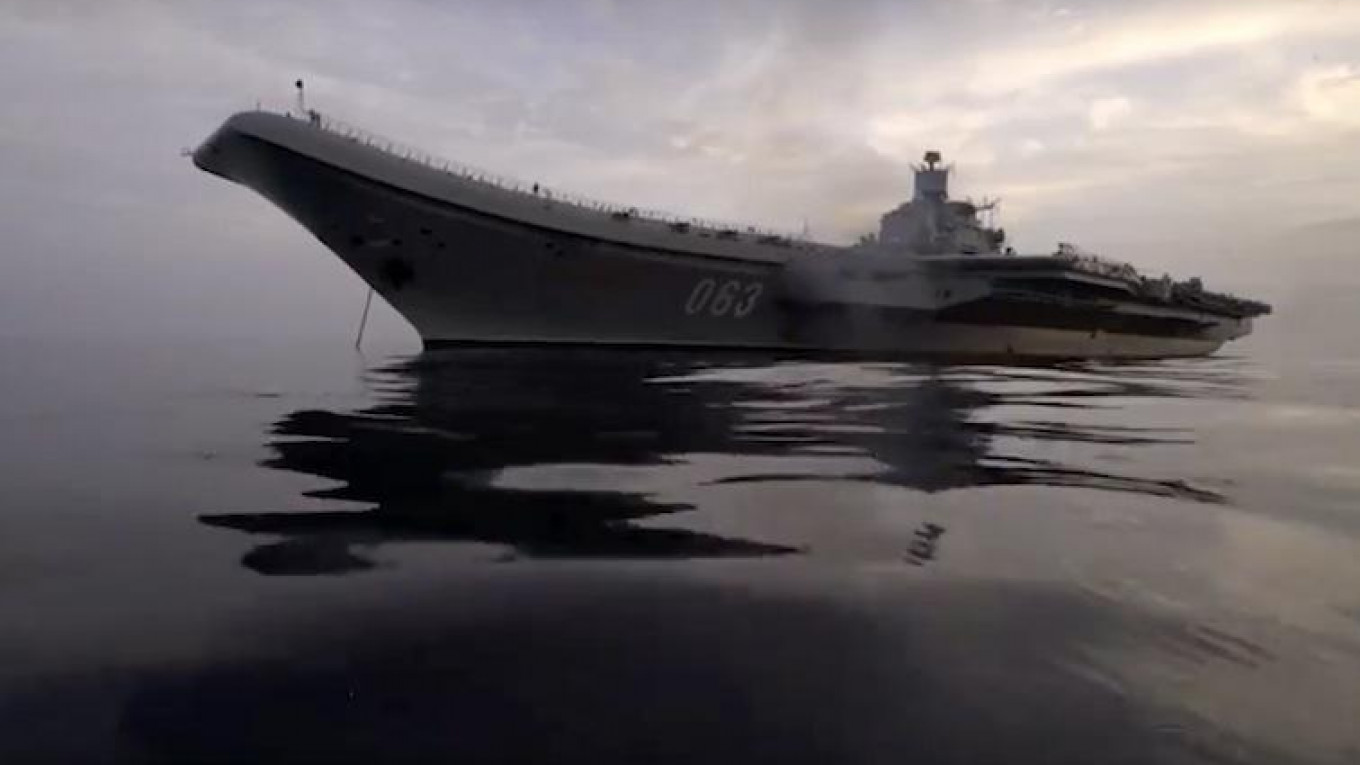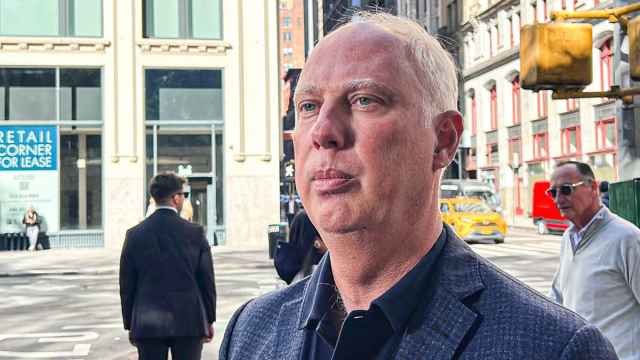Few leaders can boast of success in war-torn Syria, and even fewer can boast of success twice. But with an order to scale-down Russian forces in Syria — part of a ceasefire brokered by Turkey on Dec. 30 — Russian President Vladimir Putin appears to have done just that. It was, in many ways, a repeat of Putin’s “mission accomplished” declaration in March: Russia isn’t withdrawing, it is merely changing posture.
Not long after Putin’s March declaration, Russian fighter jets stationed at a Syrian regime-controlled air base in Latakia indeed returned home. But Moscow retained a sizeable air wing in Syria, and in some cases the Kremlin merely replaced airplanes with helicopters. It remains unclear just how many planes Russia has in Syria, but its combat abilities there were largely unchanged after March.
The latest withdrawal of forces follows a similar pattern: Moscow has recalled its headline-grabbing naval battlegroup — led by the aging Admiral Kuznetsov aircraft carrier — to its home port in Northern Russia. Despite Russian claims to the contrary, the aircraft carrier group appears not to have contributed much to Moscow’s mission in Syria.
“The Kuznetsov is not fit for projecting power. It’s not fit for carrying out naval action on foreign shores. It’s not fit for local war,” military analyst Alexander Golts says. The ship’s involvement “can only be aimed at a fairly uninformed Russian citizen” watching the ship on TV.
As a result, the battlegroup’s departure changes little.
The Dec. 30
ceasefire is more promising than previous ones — though it still
hasn’t stopped the war. According to reports, Syrian president
Bashar Assad’s forces, backed by Hezbollah, Iran and Russia, continued to fight anti-government opposition in several places. And
Turkey — together with anti-Assad Syrian forces (and also backed by
Russia) — continued advancing on Al-Bab, the Islamic State
terrorist group’s stronghold.
Meanwhile Russia, Turkey, and Iran are preparing for Syria peace talks scheduled for Jan. 23 in Astana, Kazakhstan. These three countries now hold the keys to the Syrian conflict. Within this triangle, Russia and Turkey have formed a powerful alliance, according to a Jan. 10 report in the Kommersant newspaper. Working together with Ankara, Moscow is pursuing two goals: limiting Western influence in a potential Syrian settlement and restricting Iran’s abilities in the region (Iran wants to keep Assad in power with no fixed term limit).
With Turkish-backed negotiations in the works, Putin needed to offer a gesture of good faith that would not severely compromise his military options in Syria should talks collapse. Withdrawing the Kuznetsov battlegroup was the obvious answer.
More importantly, however, the Kuznetsov’s withdrawal sends an important message to Assad and his staunch Iranian supporters — who, unlike Russia and Turkey, seem to prefer a military solution to the 6-year conflict over a political one.
“It’s a signal to Assad and Iran that they should not count on Russia being wagged by them,” says international affairs analyst Vladimir Frolov.
The problem is that Iran and Assad, emboldened by the recapture of Aleppo, now want to march on to Idlib, another major opposition stronghold. Russia and Turkey are opposed to this idea, Frolov says. Meanwhile, Iran opposes the inclusion of the U.S. and its allies in the talks, while Russia wants them.
Although Kuznetsov’s withdrawal from Syria is part of the ongoing jockeying for position in the country, the battlegroup’s removal likely has similar motivations to its deployment: domestic political concerns. What was meant to be a flashy demonstration for the Russian navy has, to a significant degree, been a bitter disappointment.
Navy Politics
The Russian Navy — and the defense establishment overall — had the most at stake in Kuznetsov’s deployment. The voyage was intended to demonstrate the carrier’s potential combat utility and thereby inform a broader debate about the future of the Russian navy — particularly whether to build new aircraft carriers.
Publicly, officials have heaped praise on the ship and its crew. According to the Defense Ministry, in the ship’s two months docked off the Syrian coast, it conducted 420 sorties. However, it is not entirely clear that these were launched from the ship itself—some have speculated Kuznetsov’s planes flew to the airbase in Latakia for bombs and fuel.
Regardless, the question of how Kuznetsov’s Syria deployment has informed those policy debates remains open. On Dec. 14, Vladimir Shamanov, chairman of the State Duma’s defense committee, told news agencies that “any experience that we’ve gained will certainly come in hand for building a new aircraft carrier.”
But not everyone is convinced.
Russia’s jealously guarded defense budget is already feeling the pain of Russia’s economic recession. As a result, the likelihood of a major aircraft carrier project in the near future is low. Aircraft carriers are already secondary in Russian naval doctrine, which prizes nuclear submarines above all other vehicles. These subs will continue to be the priority down the line.
“I think the real mission was the Navy’s attempt to project status and negotiate a larger piece of the defense procurement and operations budget,” Frolov says. “As such, Kuznetsov’s mission was a failure — it showed the carrier was a costly and meaningless luxury toy.”
But these discussions have little impact on events in Syria. Kuznetsov and its escorts have left Syria, with Russian media reports suggesting the group is already passing Crete. And the air base in Latakia has roughly the same firepower it had in recent months.
According to unverified reports on Russian social media, twelve Su-25 fighter planes arrived at Russia’s airbase in Latakia as part of the Syrian drawdown on Jan. 10. On Jan. 12, the Defense Ministry confirmed the deployment of four Su-25s to Syria as part of a planned rotation.
Regardless of the number of aircraft added to the Latakia base, Putin has retained a decisive hand in Syria, conceding nothing of real military value. But the constant question remains: Will peace talks hold?
A Message from The Moscow Times:
Dear readers,
We are facing unprecedented challenges. Russia's Prosecutor General's Office has designated The Moscow Times as an "undesirable" organization, criminalizing our work and putting our staff at risk of prosecution. This follows our earlier unjust labeling as a "foreign agent."
These actions are direct attempts to silence independent journalism in Russia. The authorities claim our work "discredits the decisions of the Russian leadership." We see things differently: we strive to provide accurate, unbiased reporting on Russia.
We, the journalists of The Moscow Times, refuse to be silenced. But to continue our work, we need your help.
Your support, no matter how small, makes a world of difference. If you can, please support us monthly starting from just $2. It's quick to set up, and every contribution makes a significant impact.
By supporting The Moscow Times, you're defending open, independent journalism in the face of repression. Thank you for standing with us.
Remind me later.






